Facilitated Communication in Autism Treatment: A Comprehensive Report
VerifiedAdded on 2022/11/26
|8
|409
|1
Report
AI Summary
This report examines facilitated communication as a treatment approach for autism, addressing its principles, methods, and applications. The introduction defines facilitated communication as an augmentative and alternative communication method, particularly relevant for individuals with autism. The report outlines ways to increase facilitated communication, such as focusing on social interaction, imitation, non-verbal communication, and simplification of language. It also explores the advantages, including physical and mental support, sensory assistance, and potential for speech therapy. However, the report also acknowledges the disadvantages and limitations of facilitated communication, citing contemporary research that questions its effectiveness. The conclusion highlights that while facilitated communication has been used as a treatment method, current research does not support its effective use for autism treatment. The report references key literature, including studies by the American Speech-Language-Hearing Association, Lilienfeld et al., Schlosser et al., and Schreibman & Stahmer, to support its analysis. The report fulfills the requirements of the assignment brief, addressing the families' concerns over facilitated communication and providing a detailed analysis and response.
1 out of 8
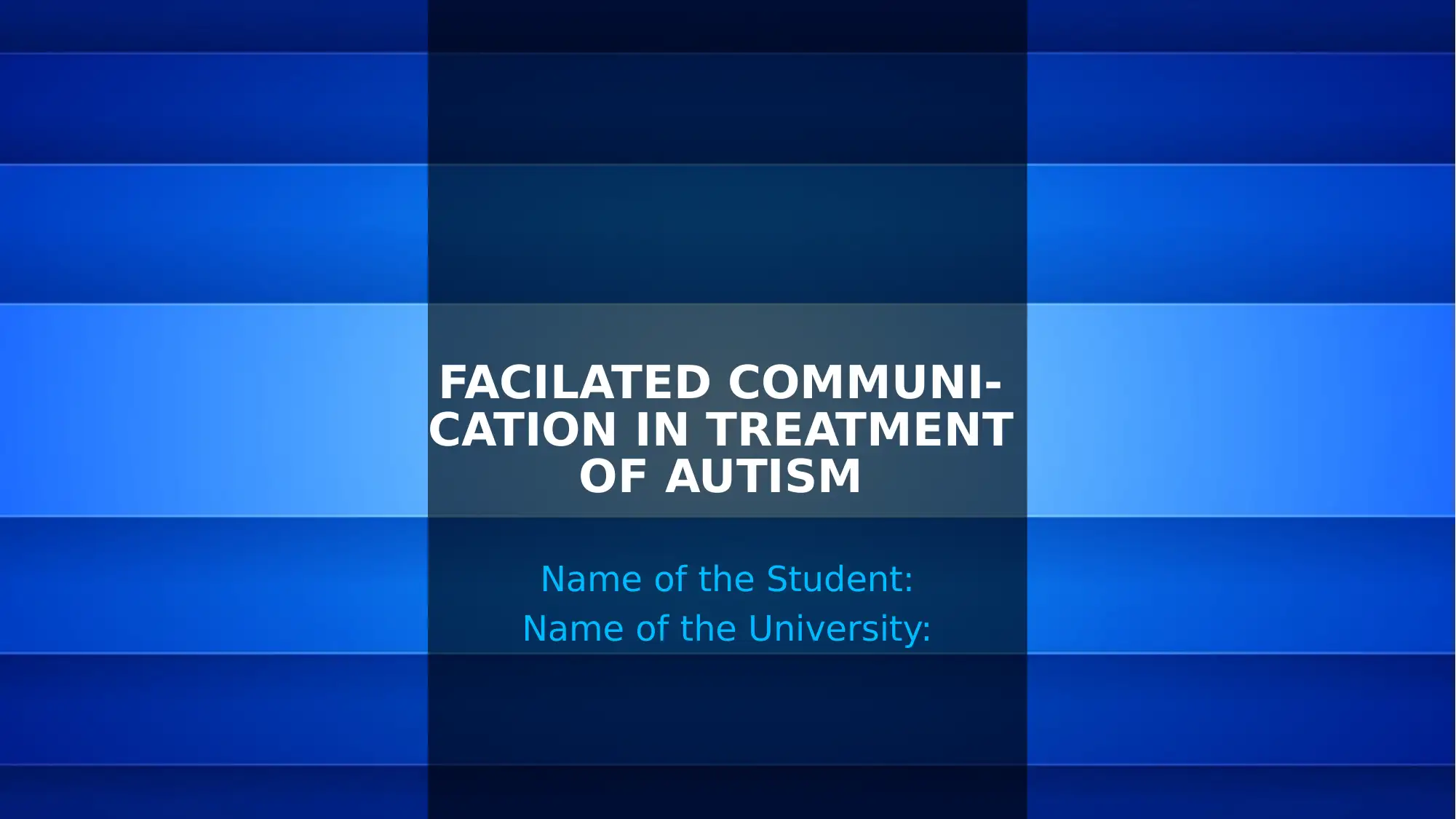
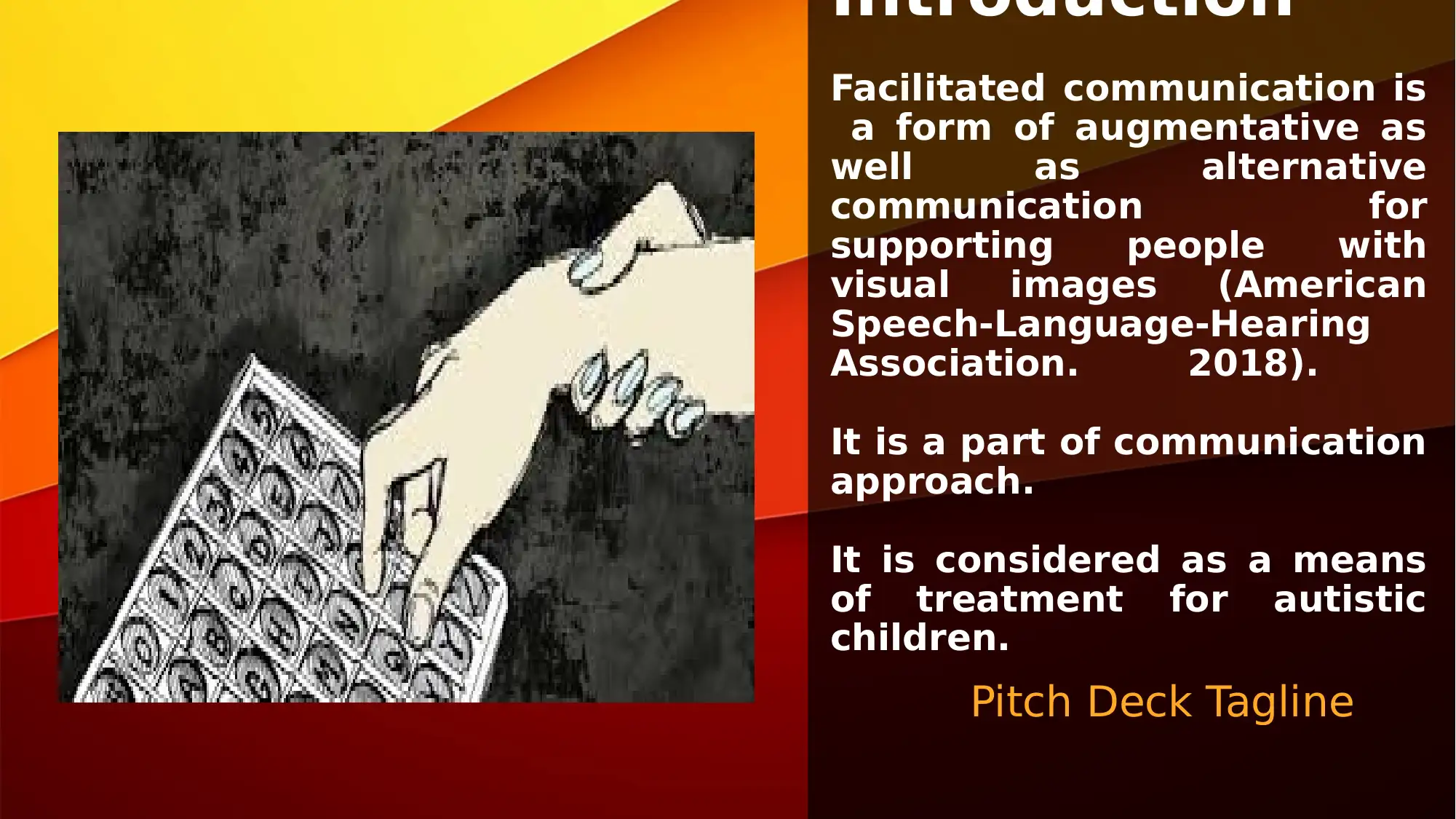
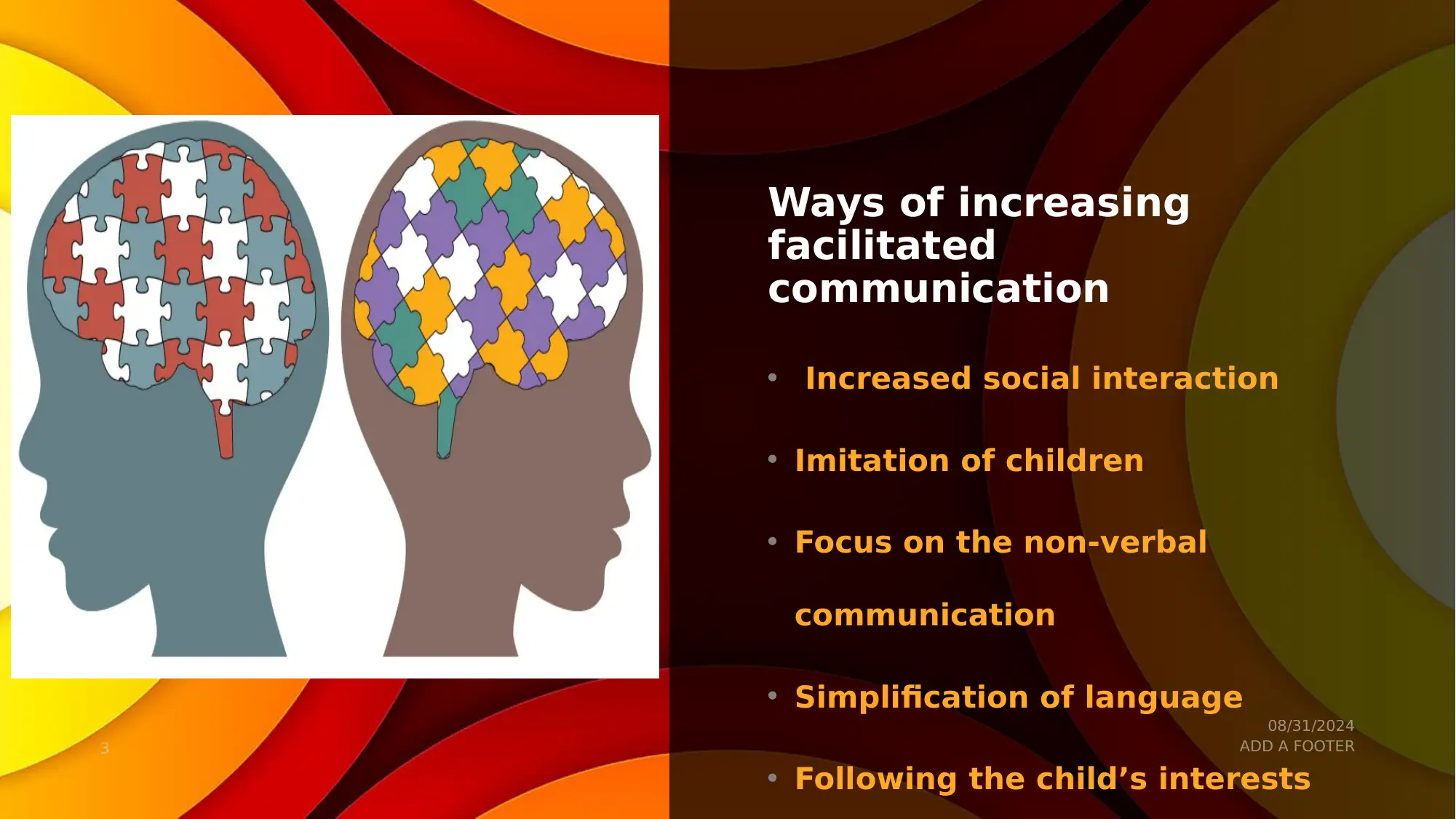

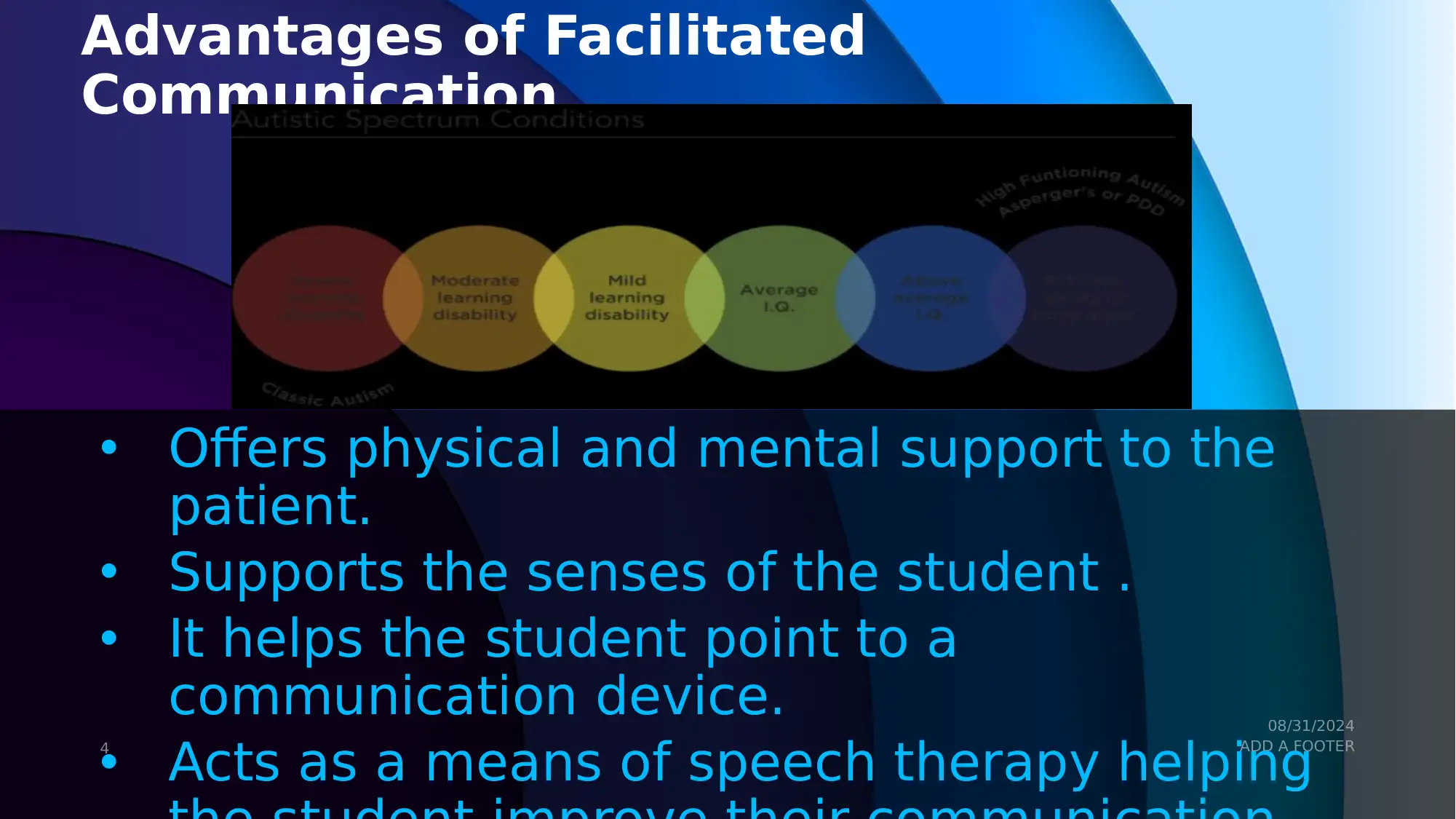
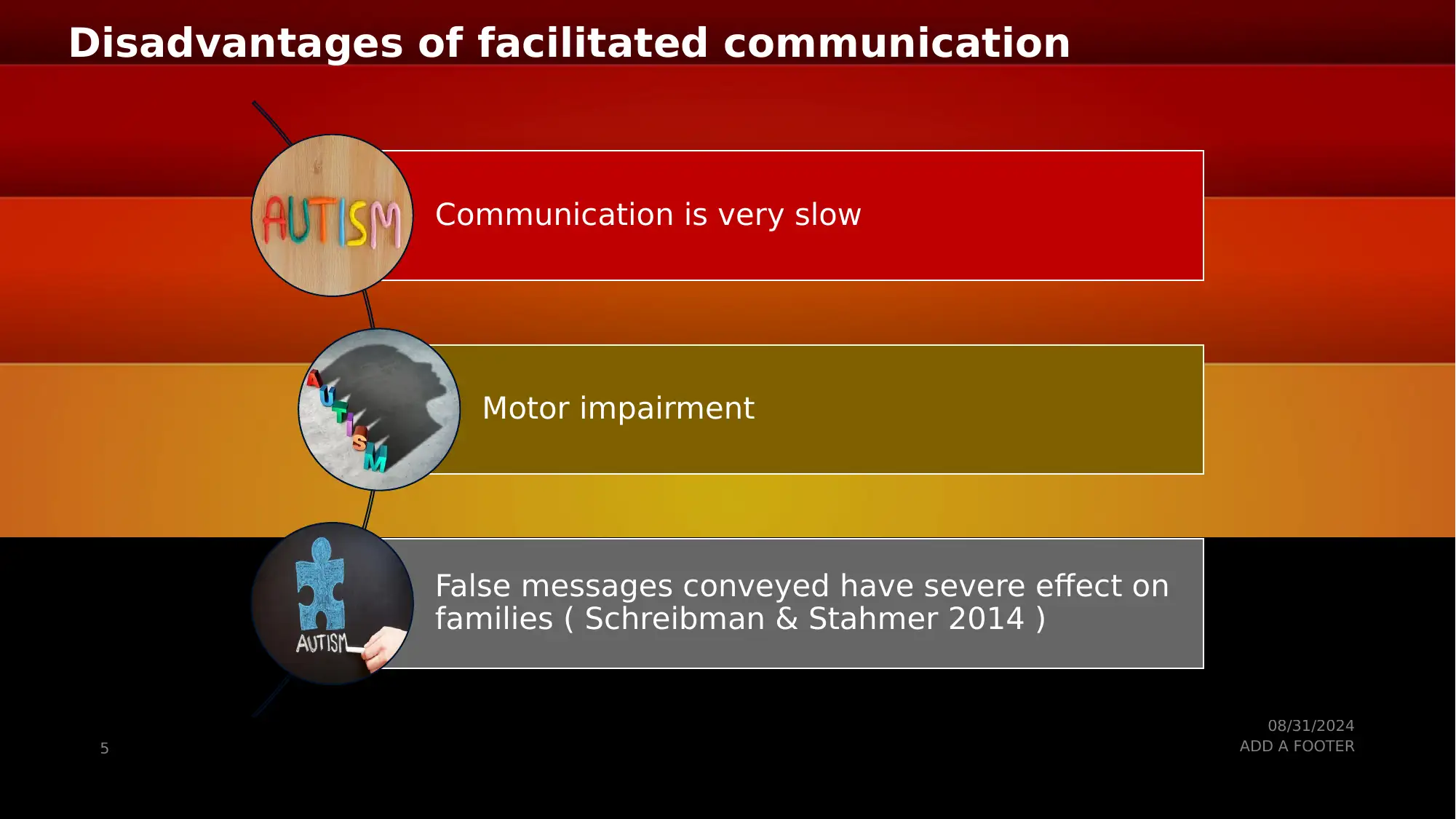
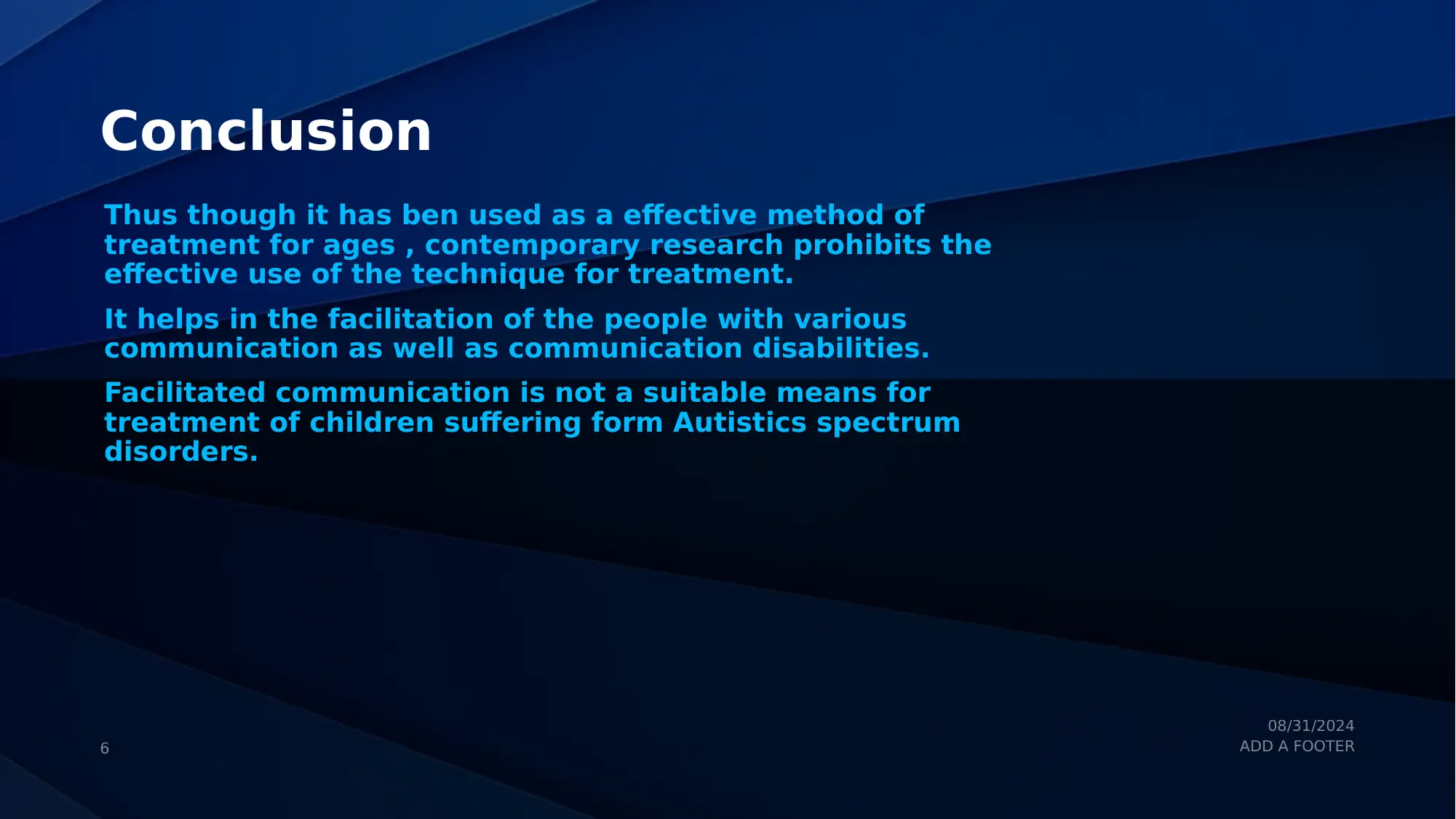
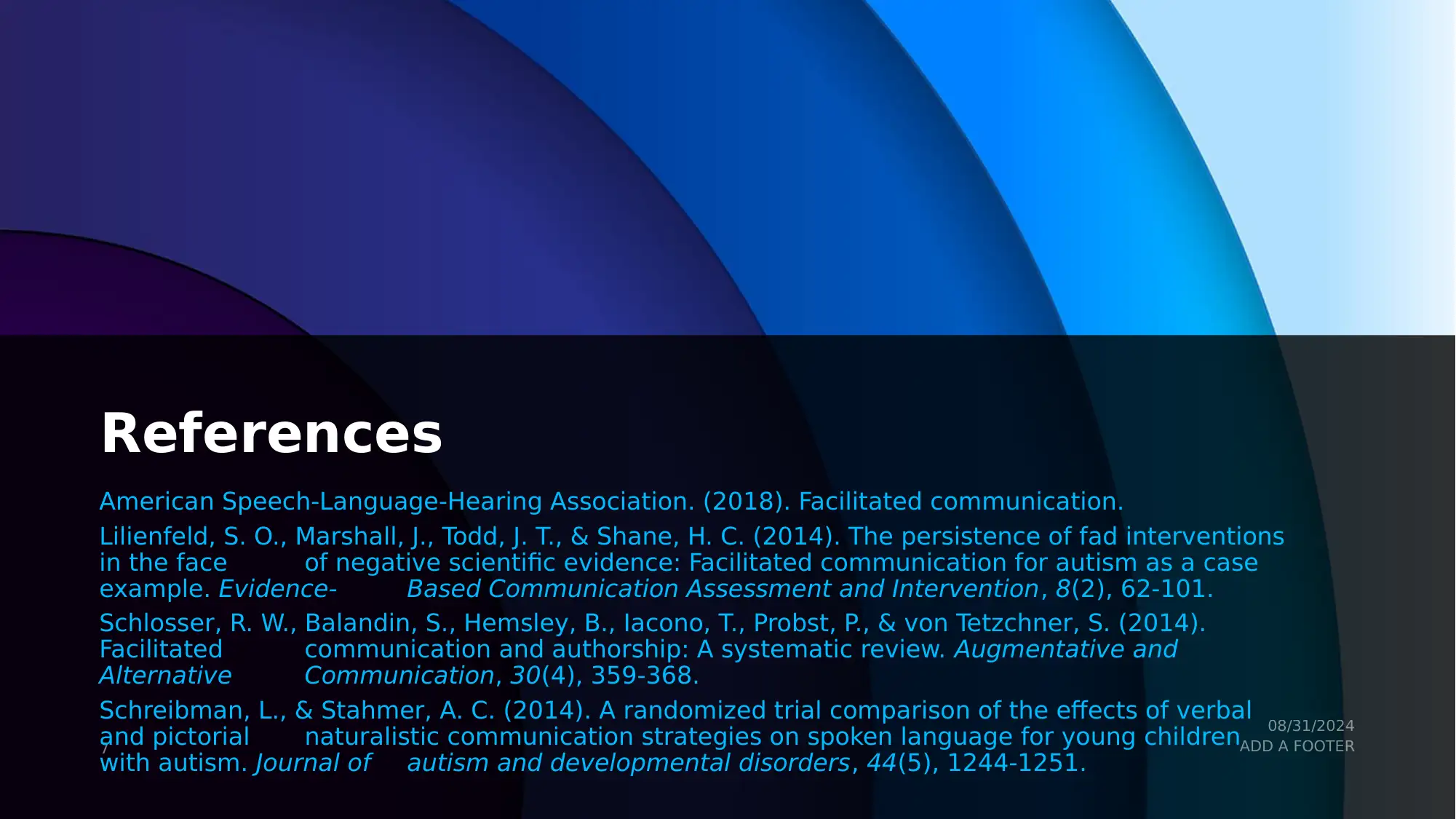
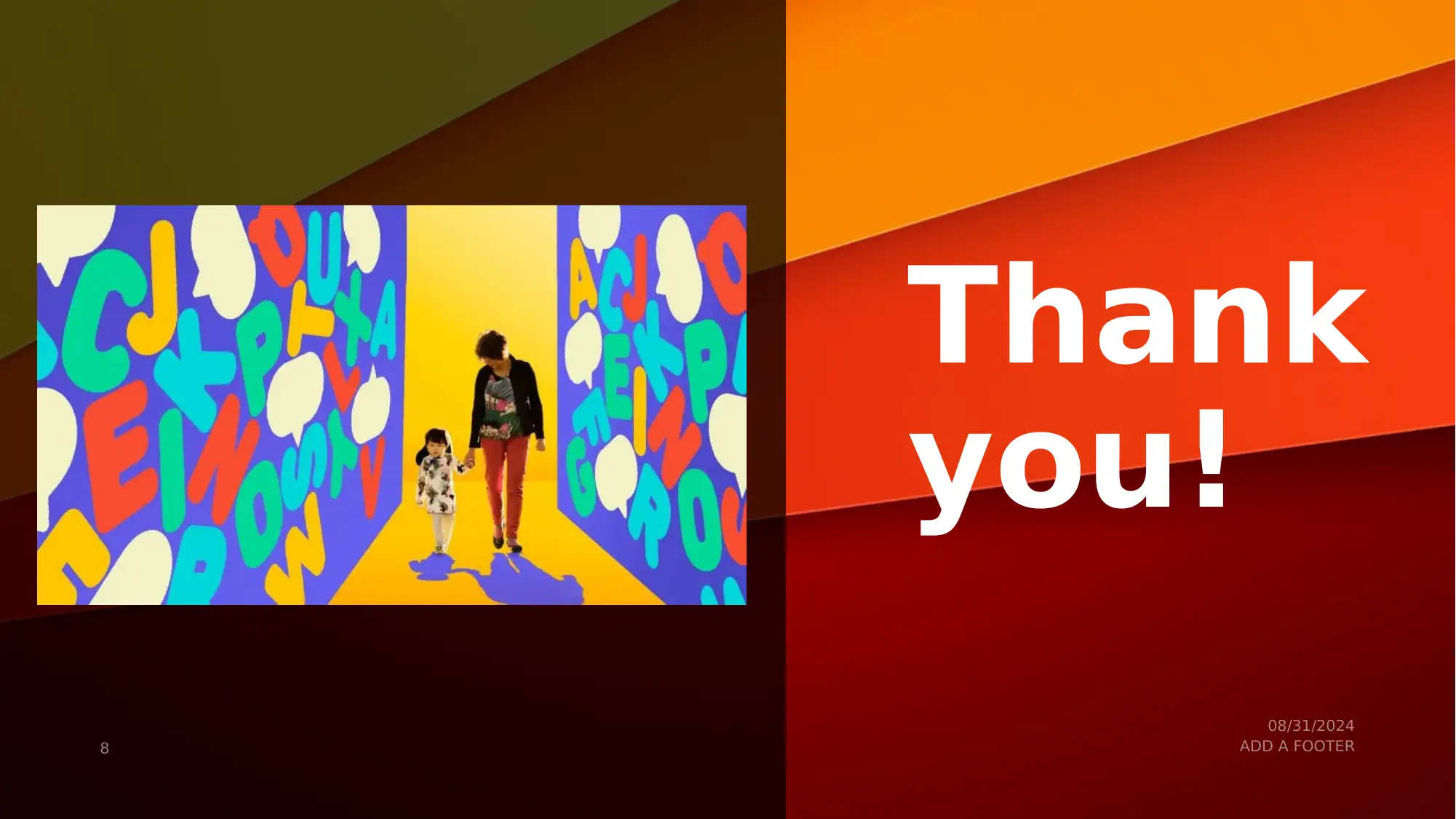






![[object Object]](/_next/static/media/star-bottom.7253800d.svg)